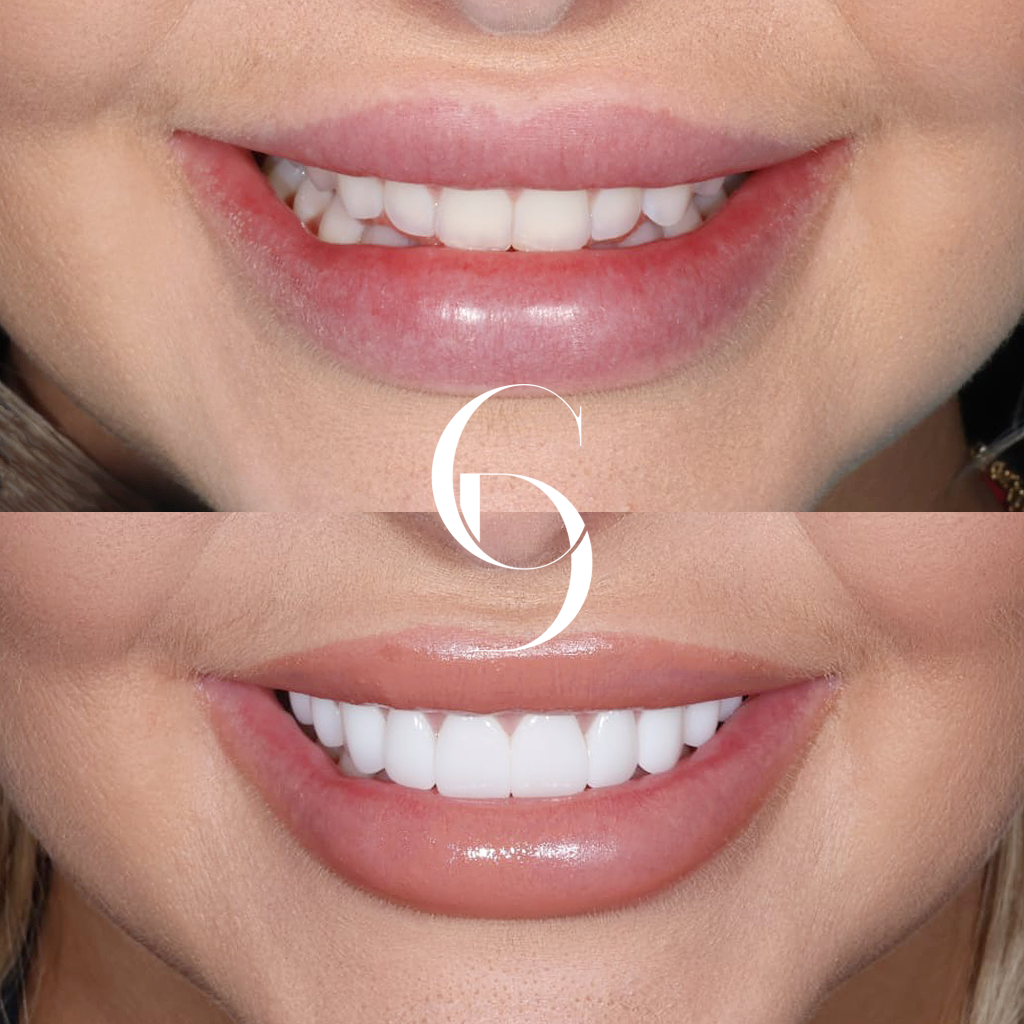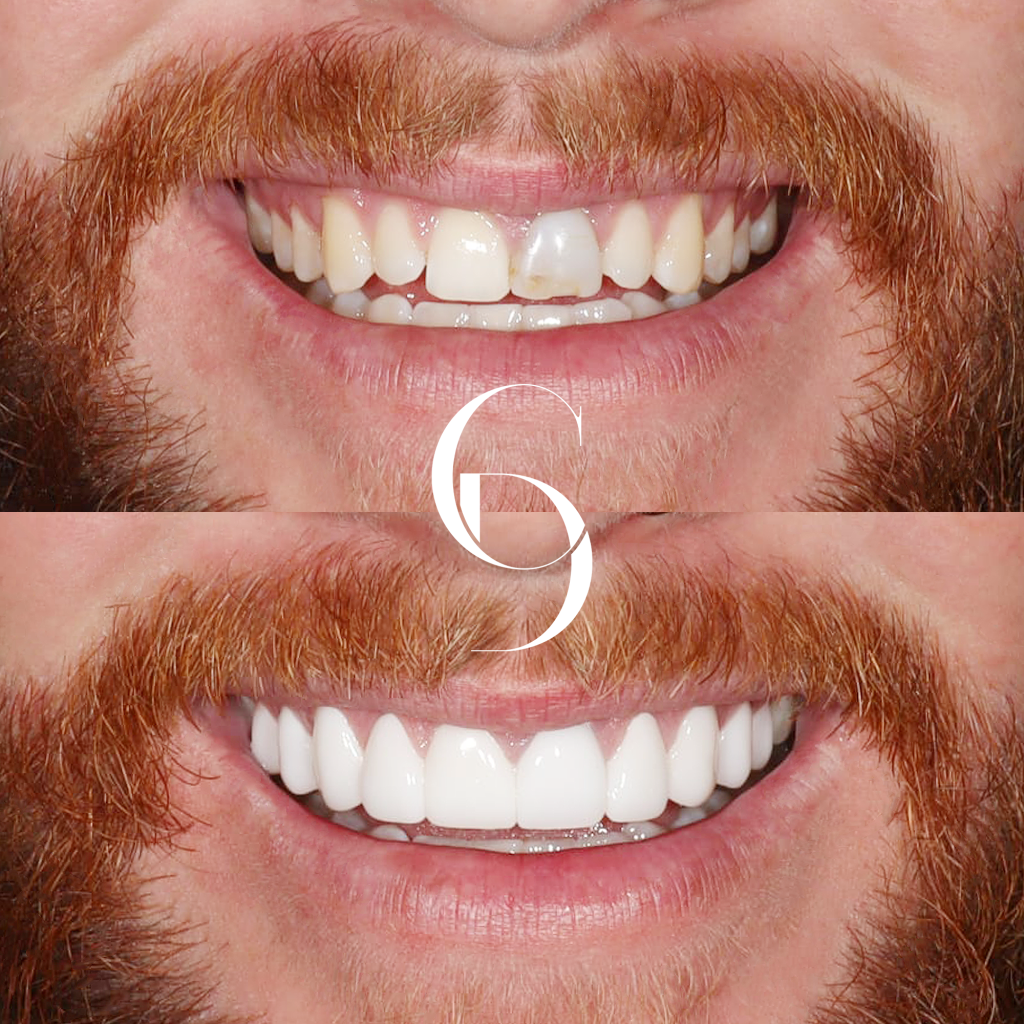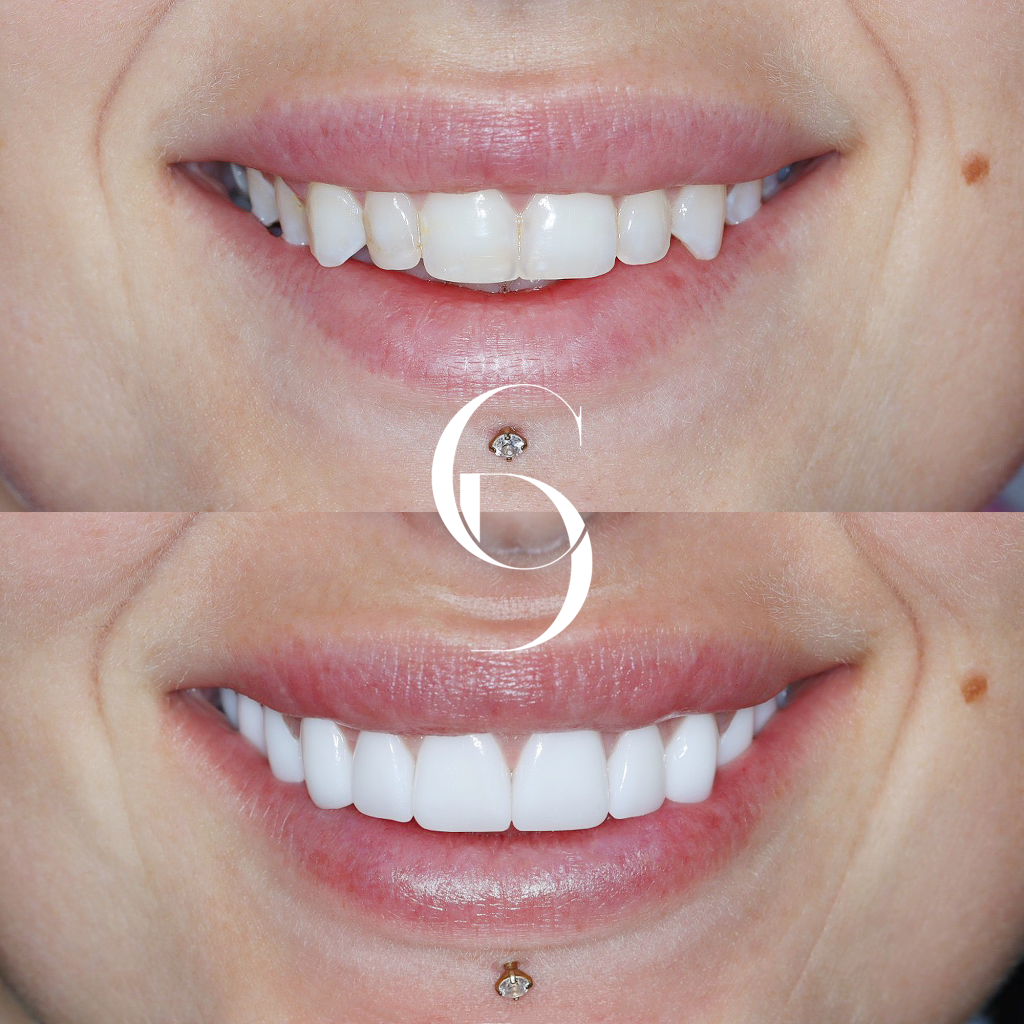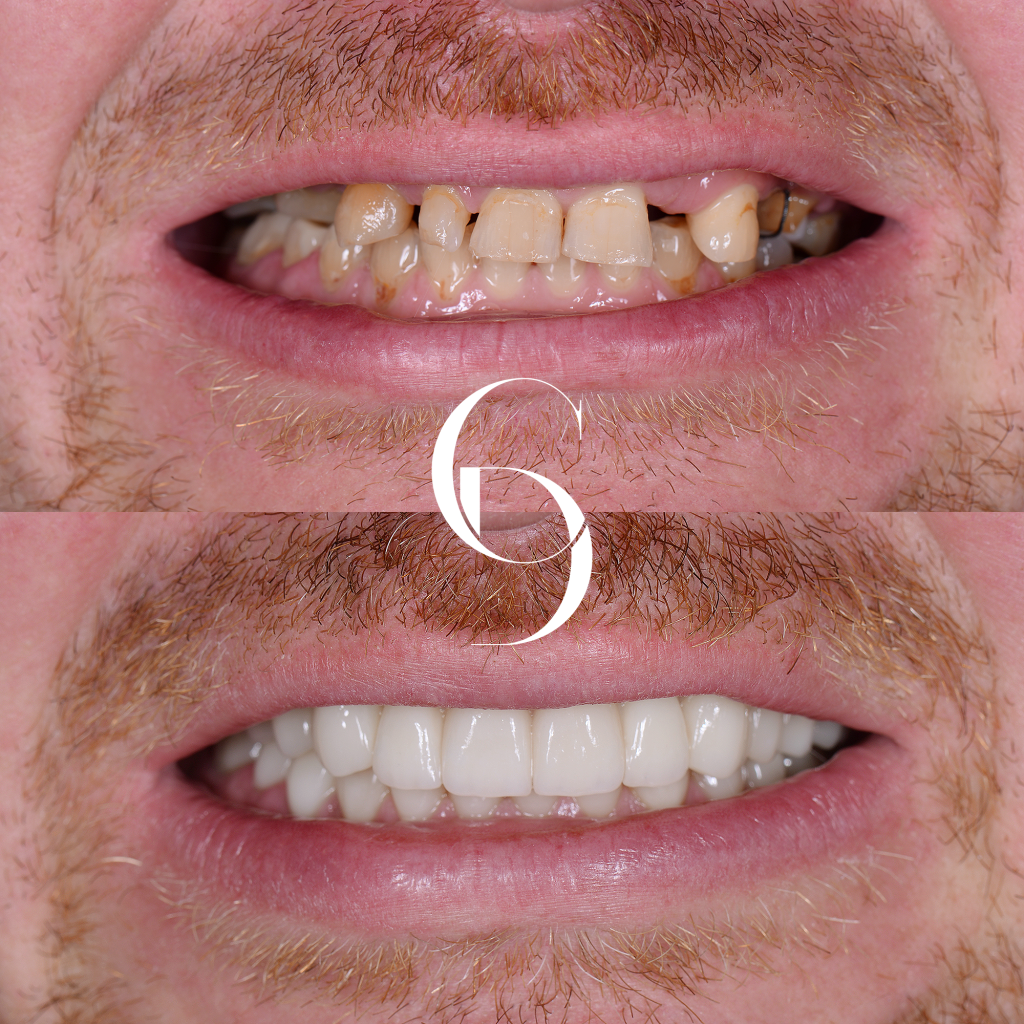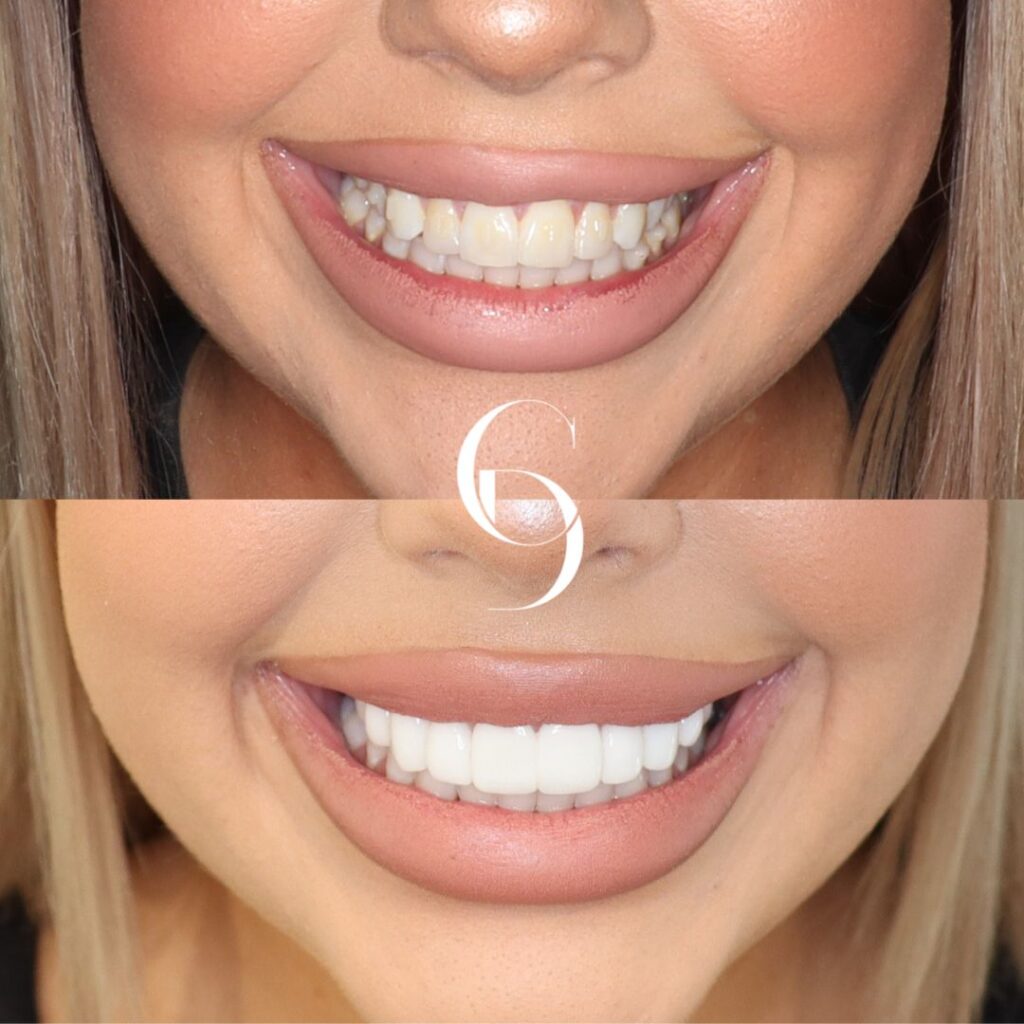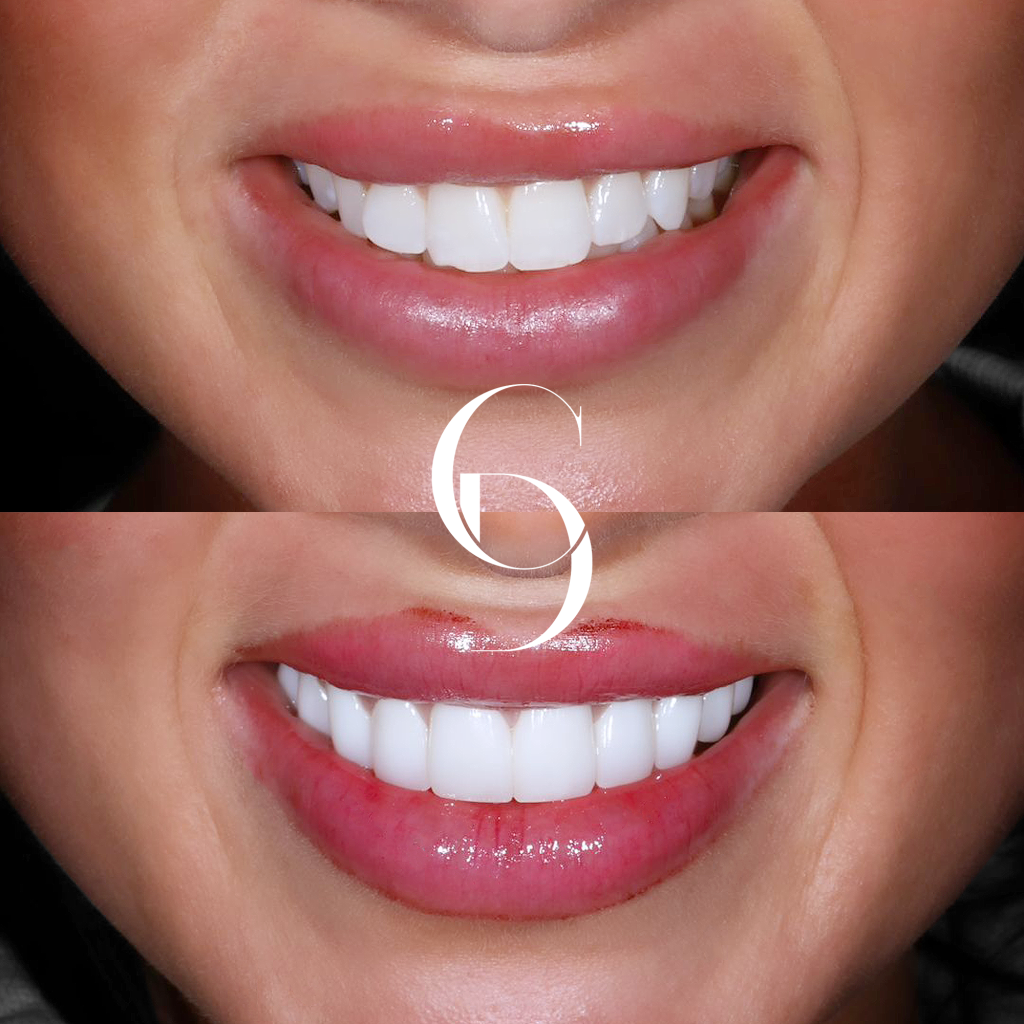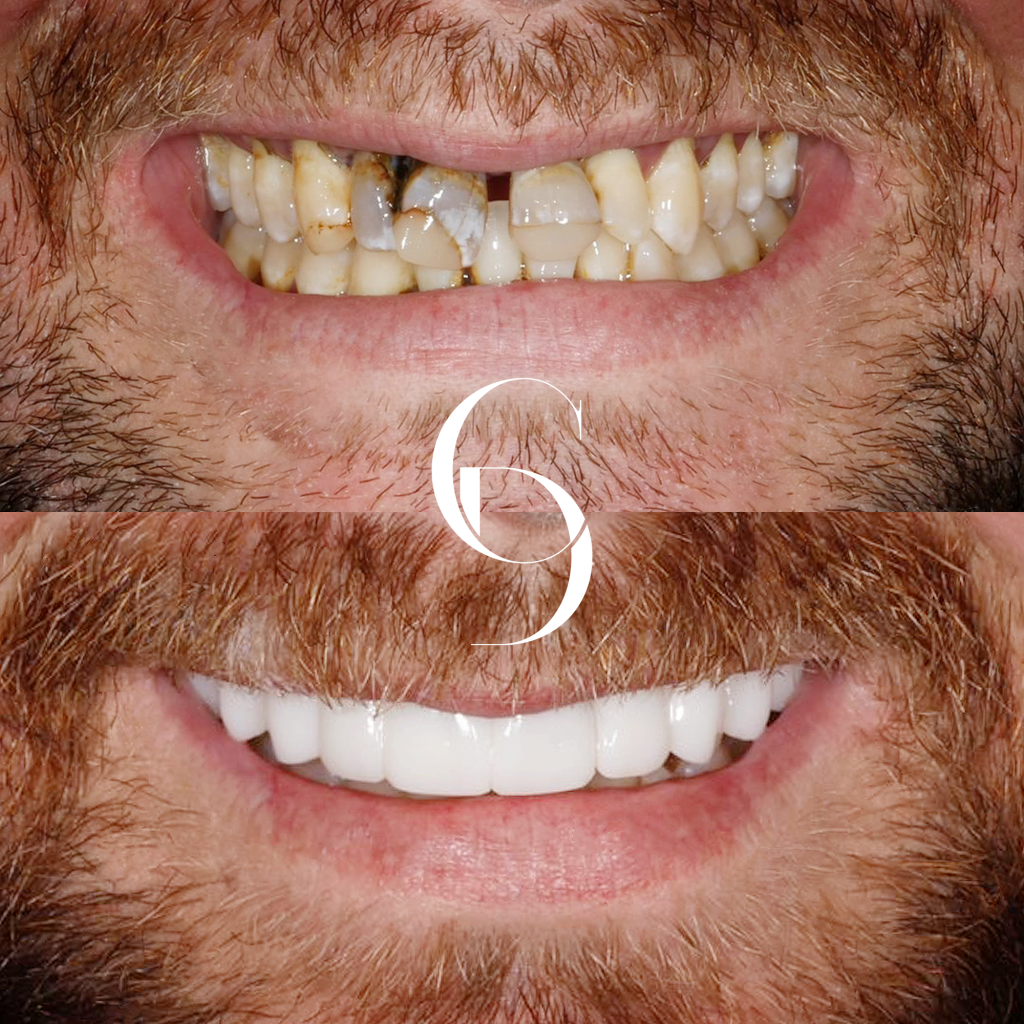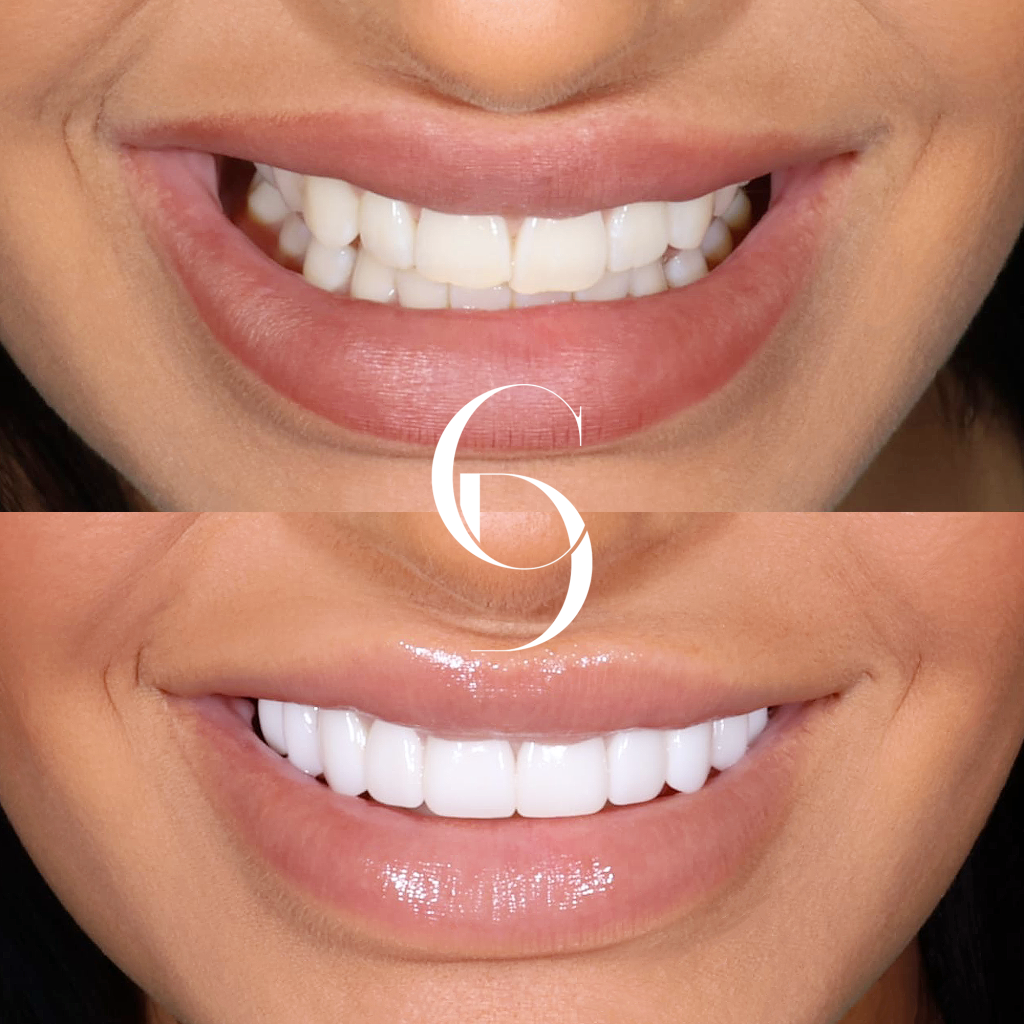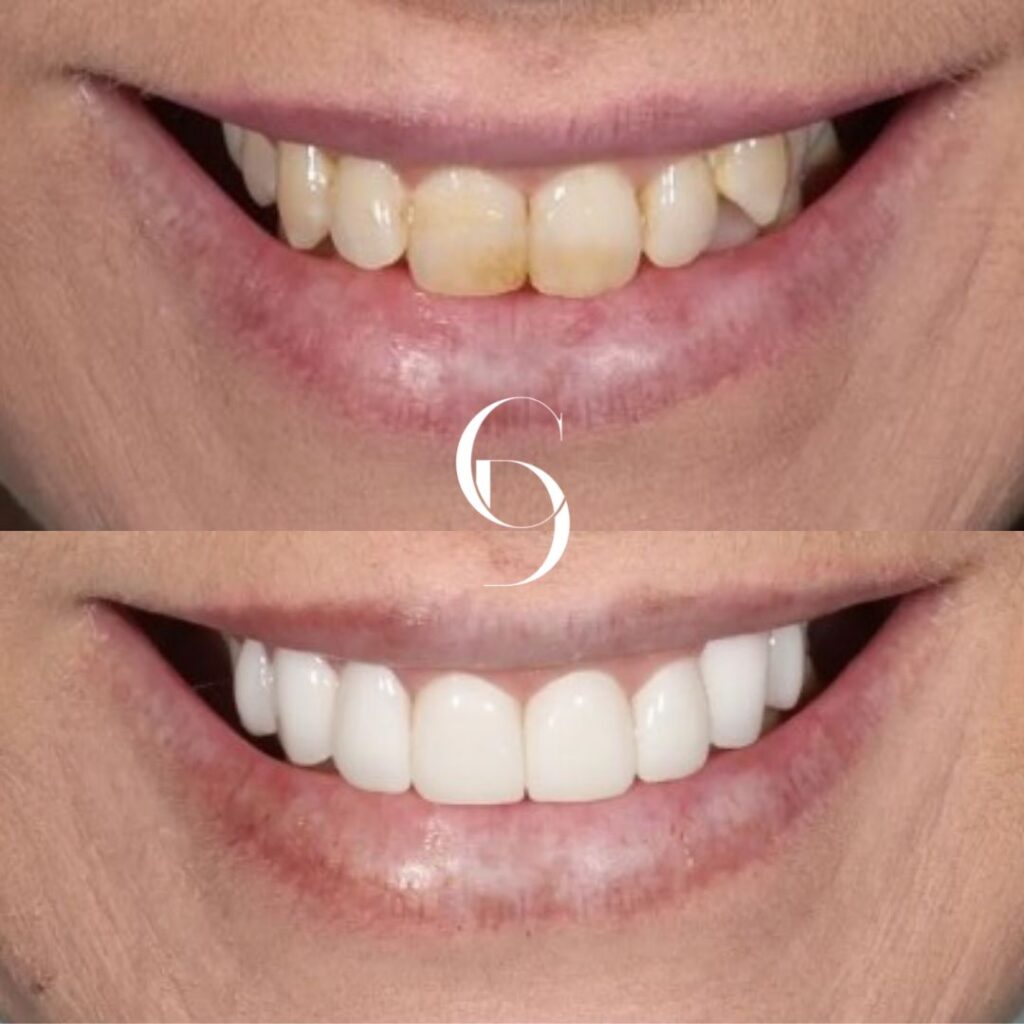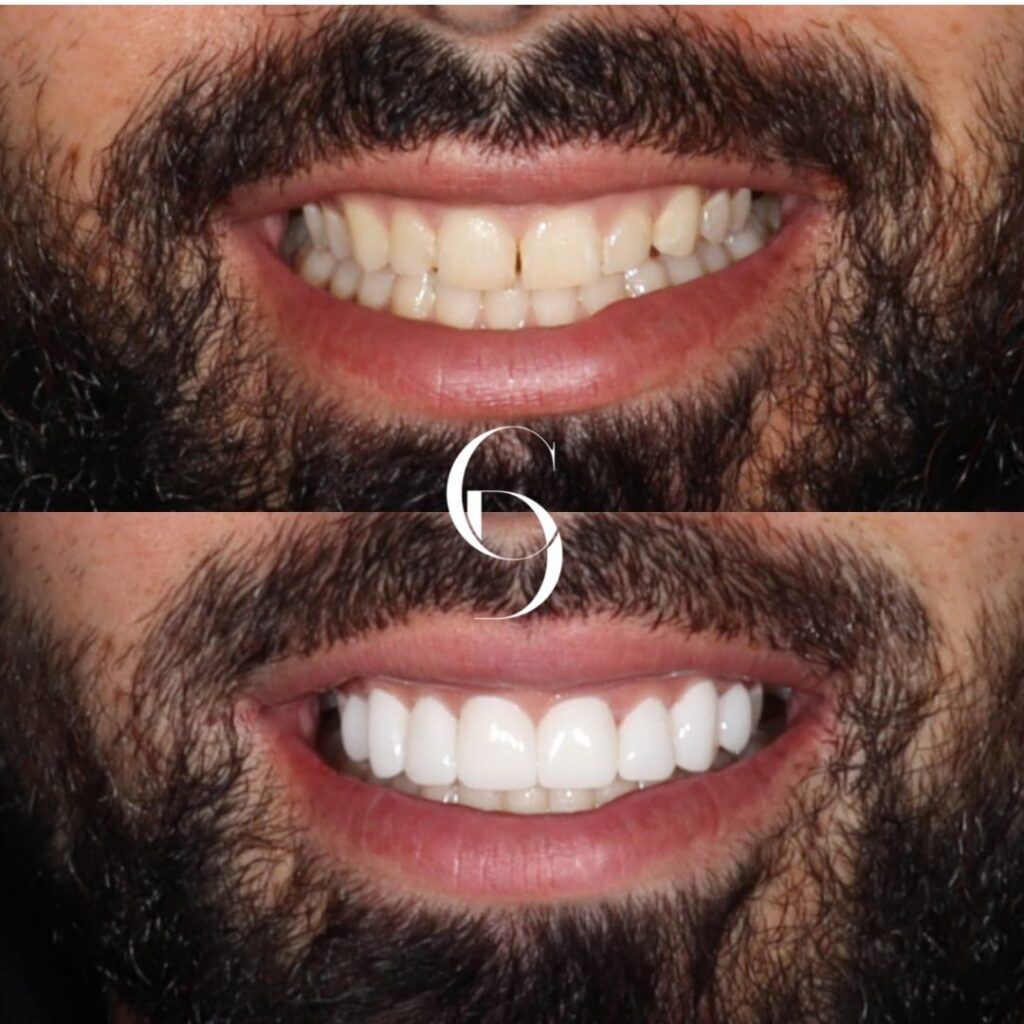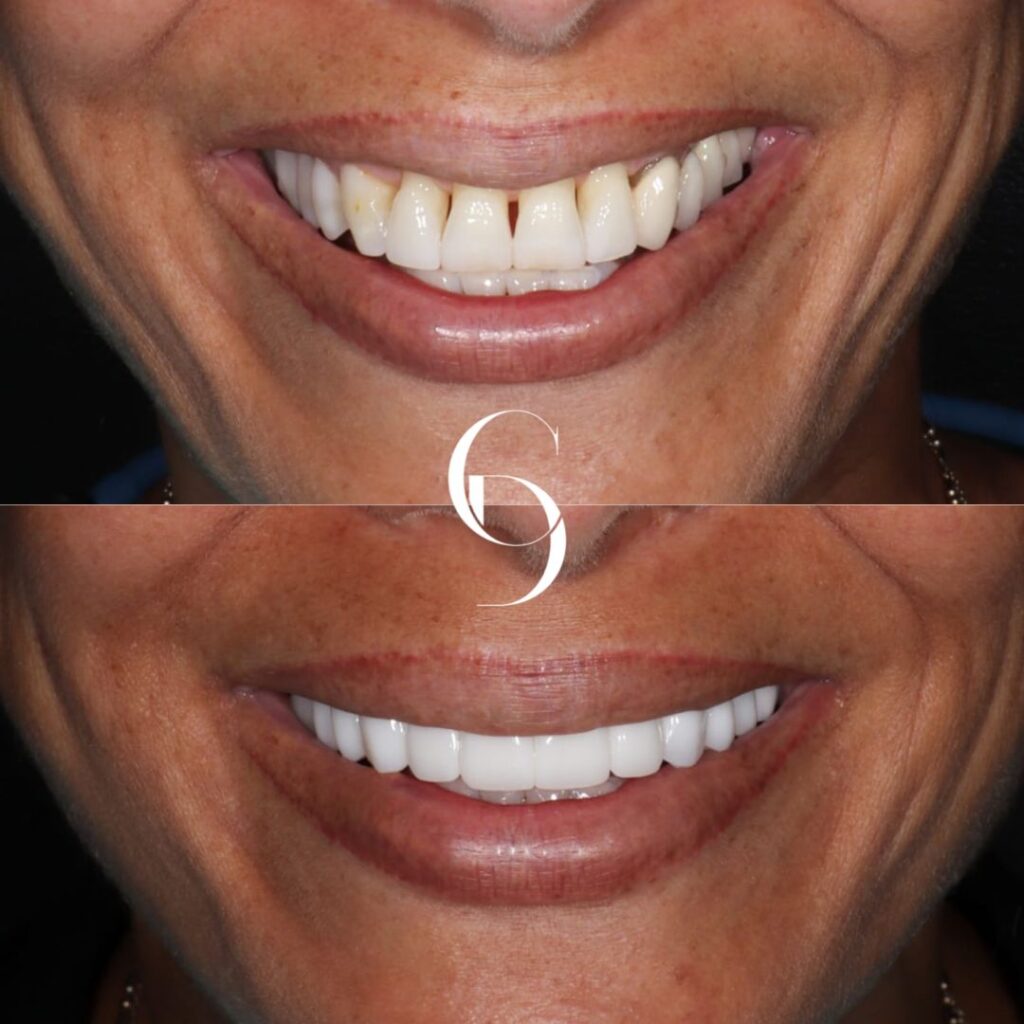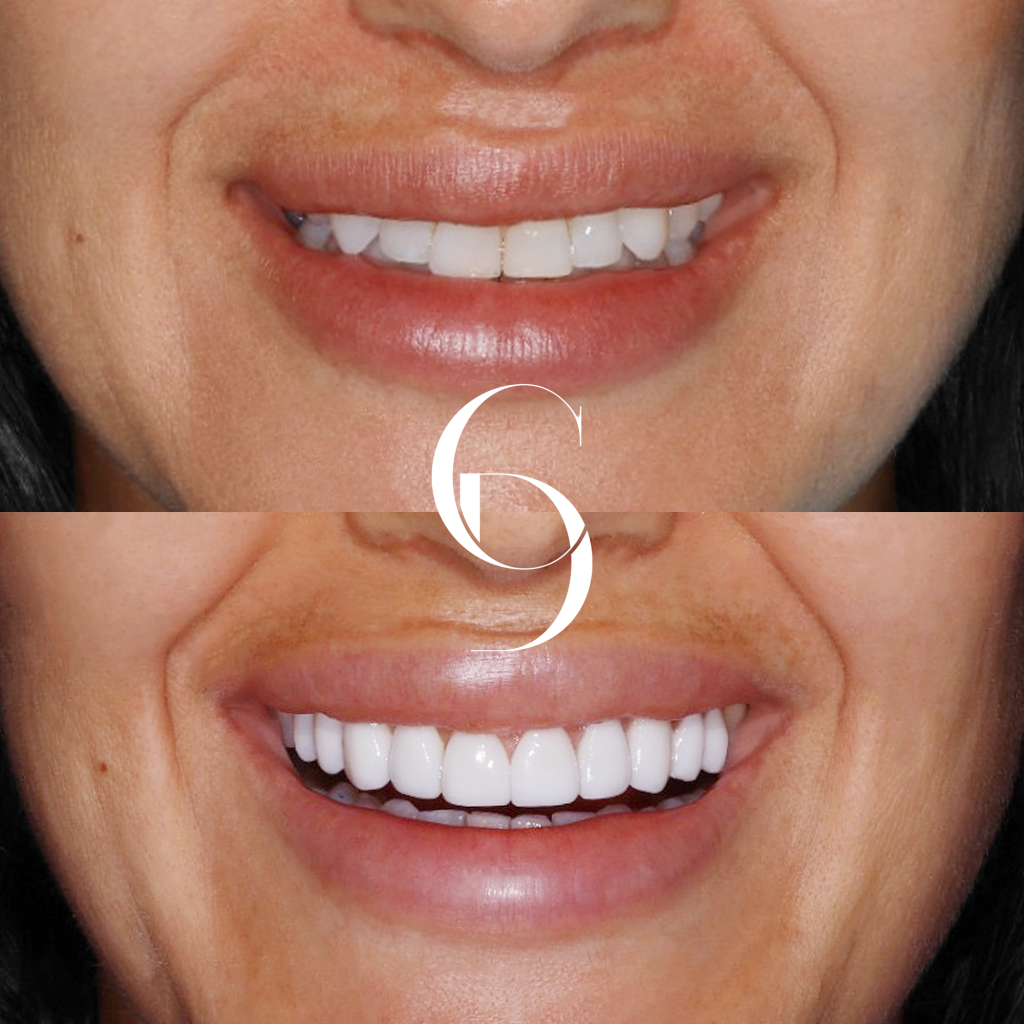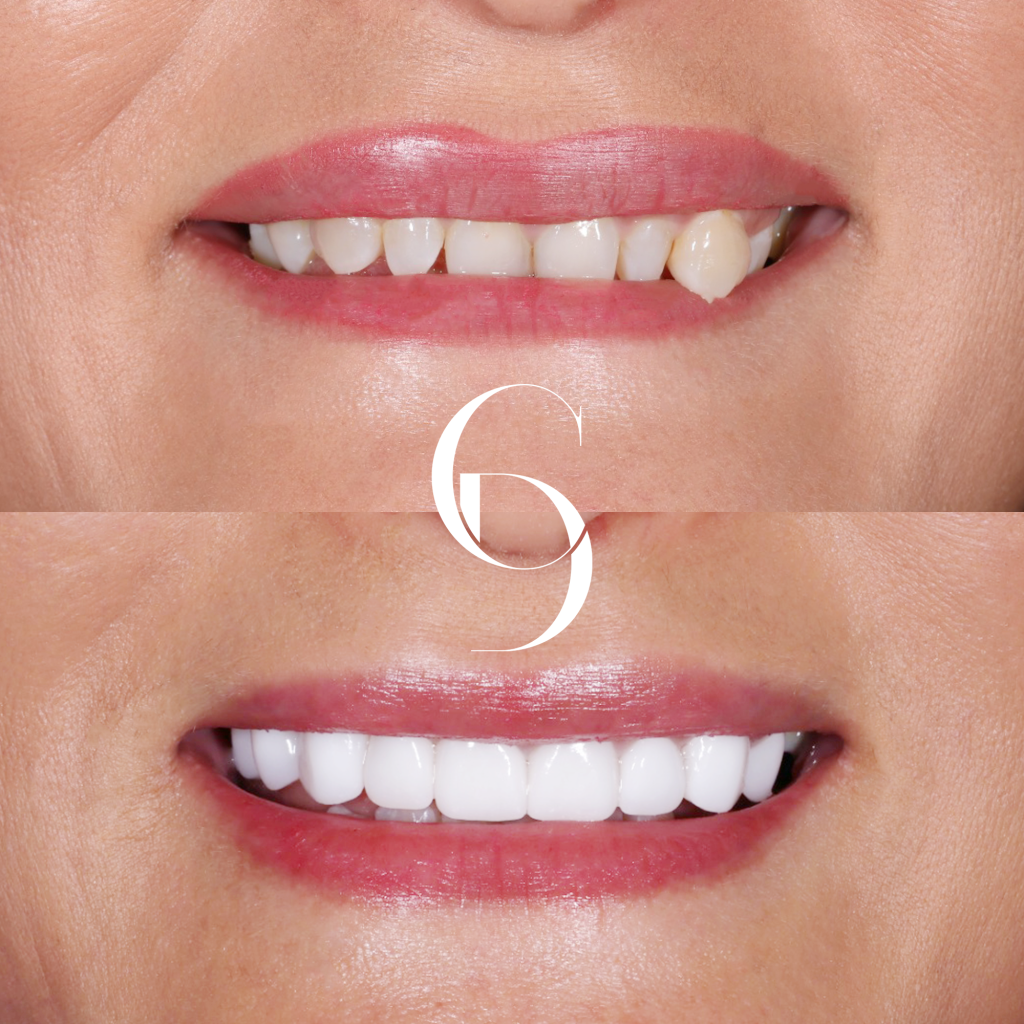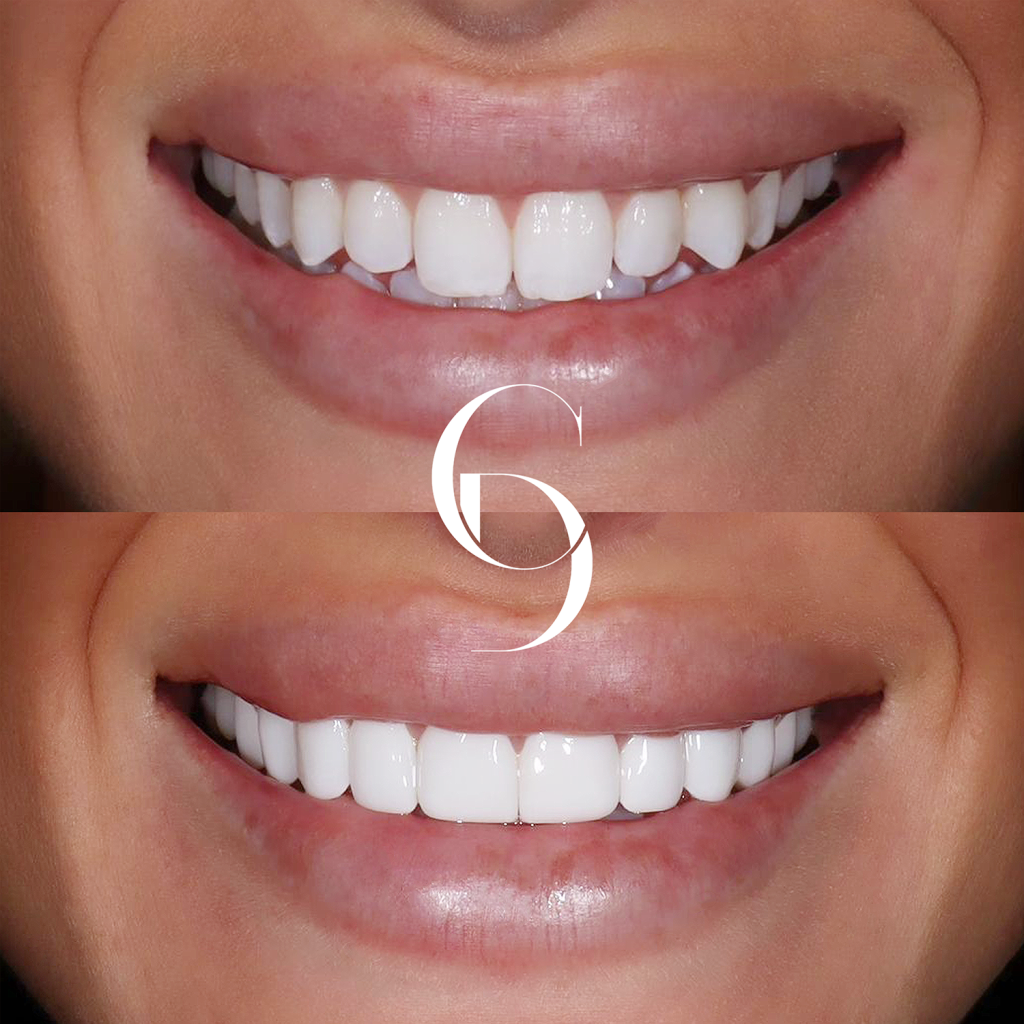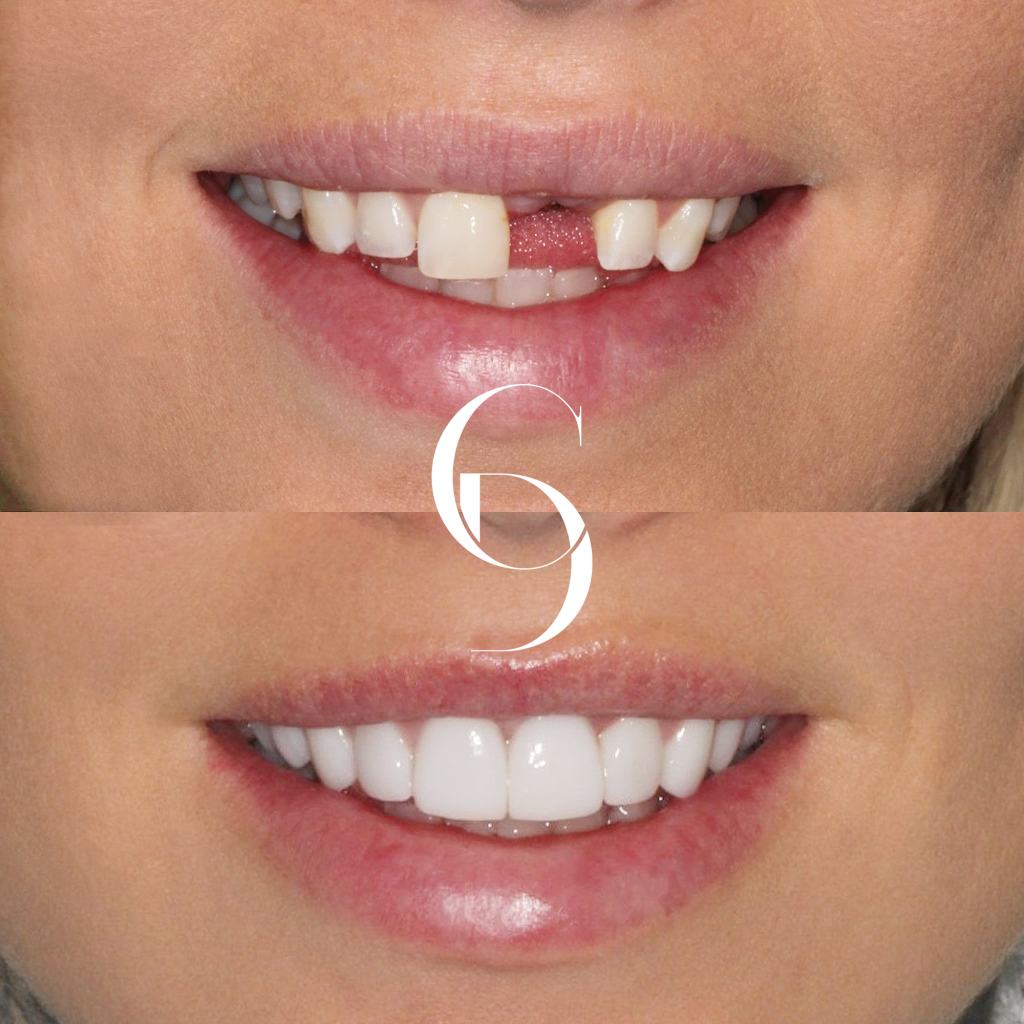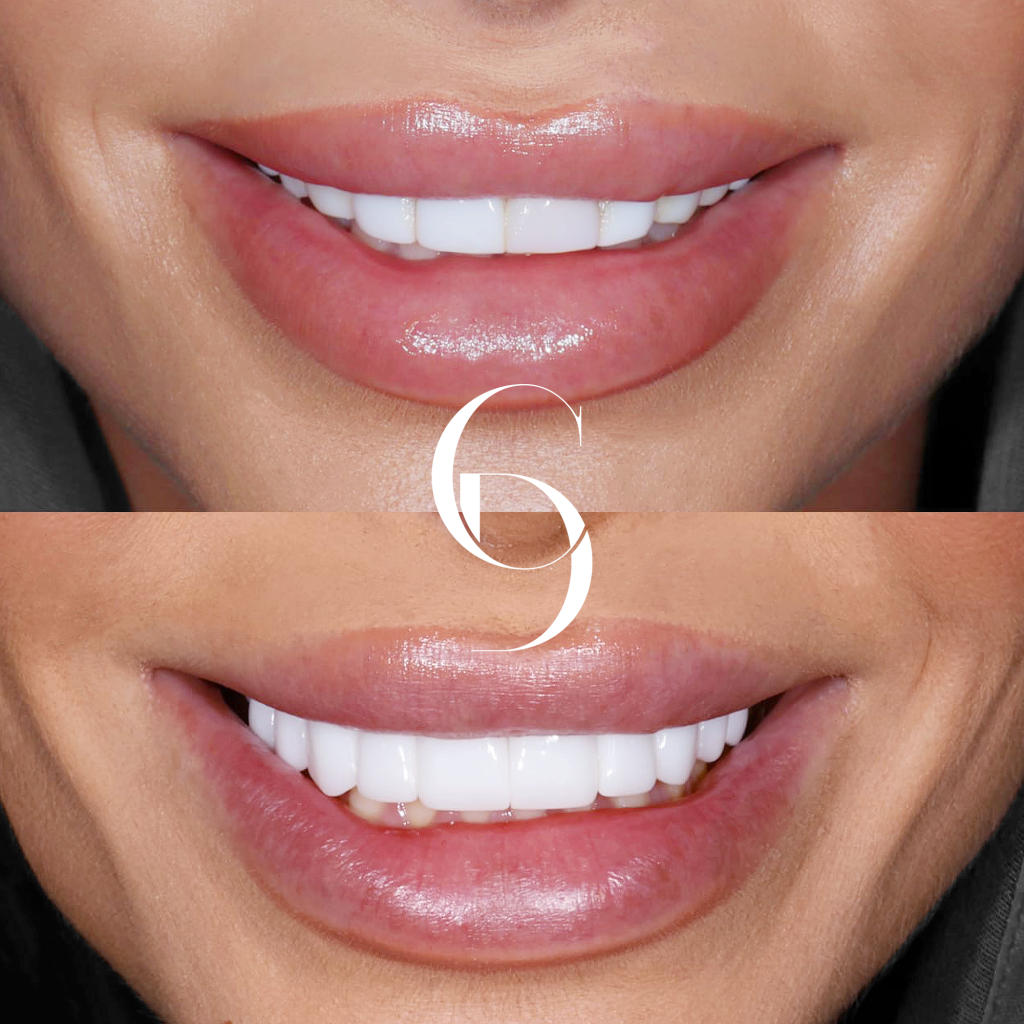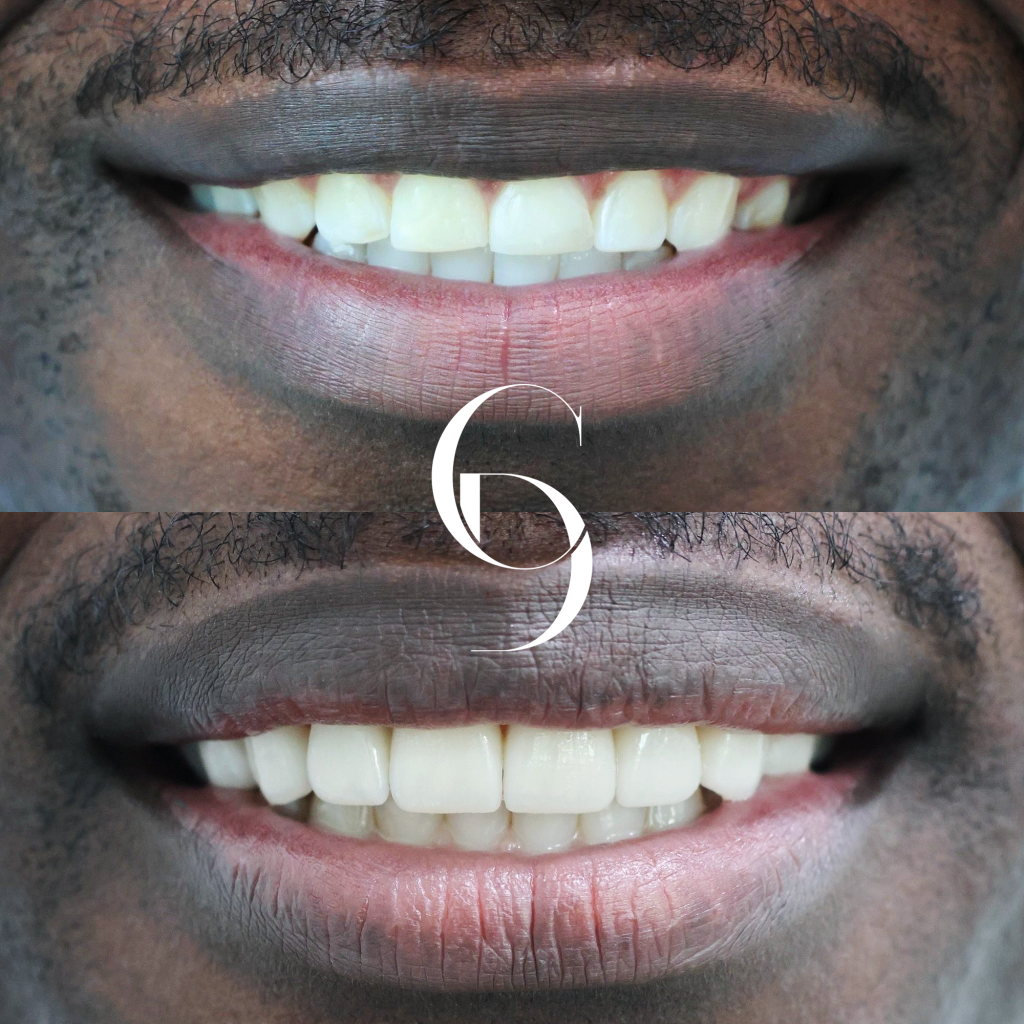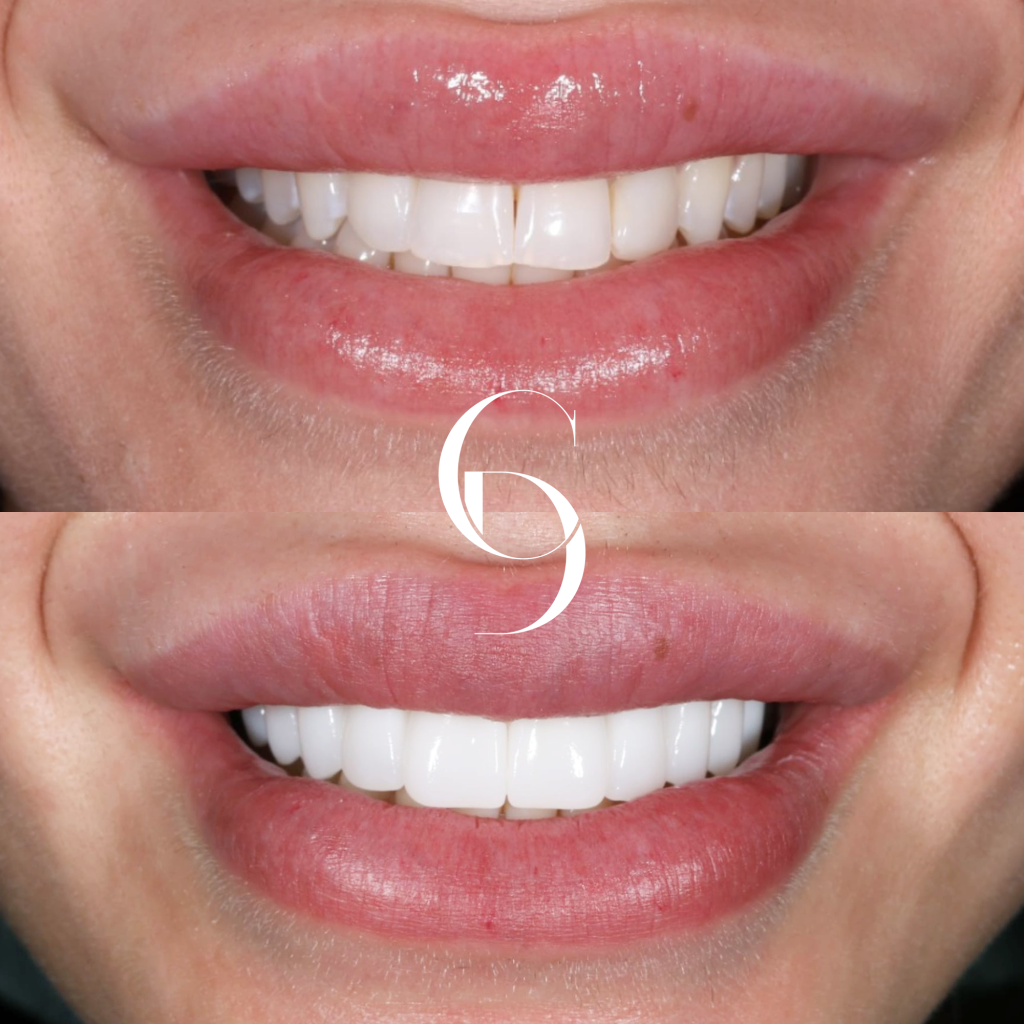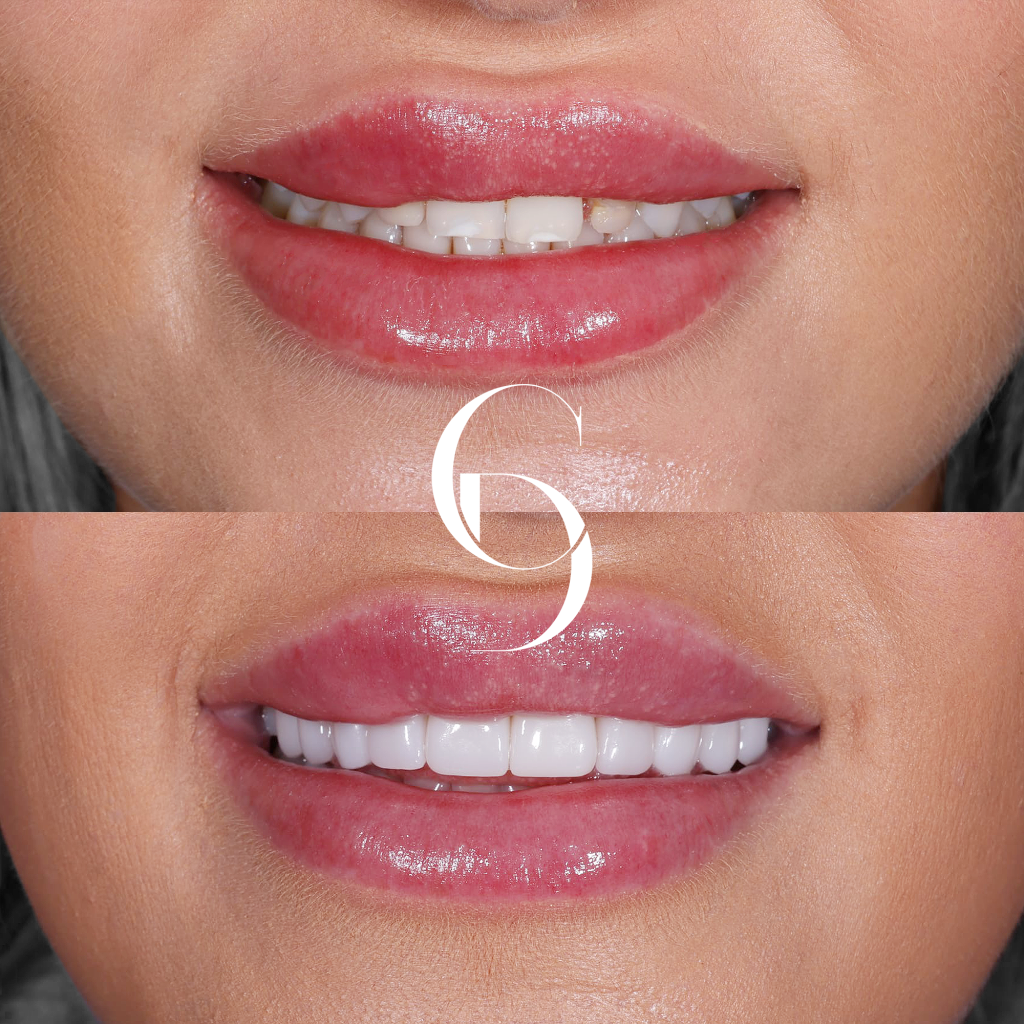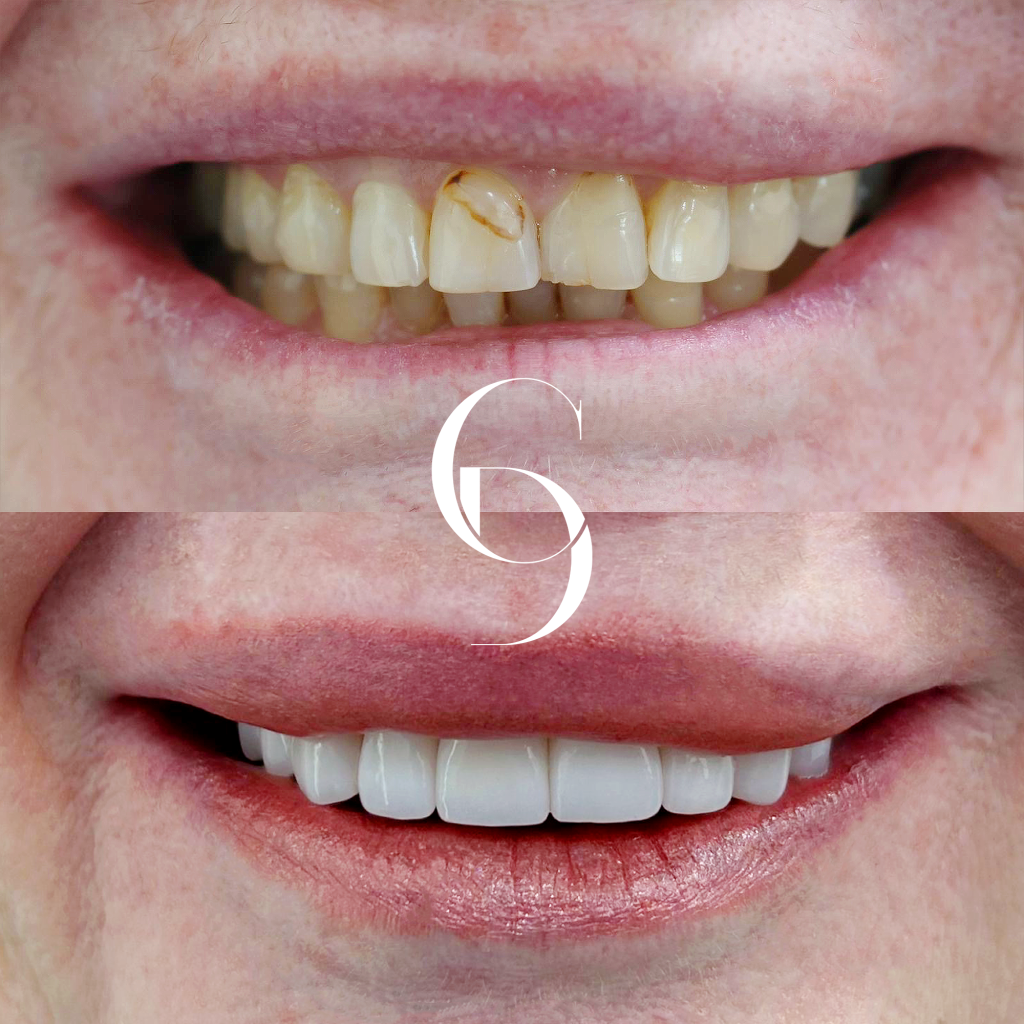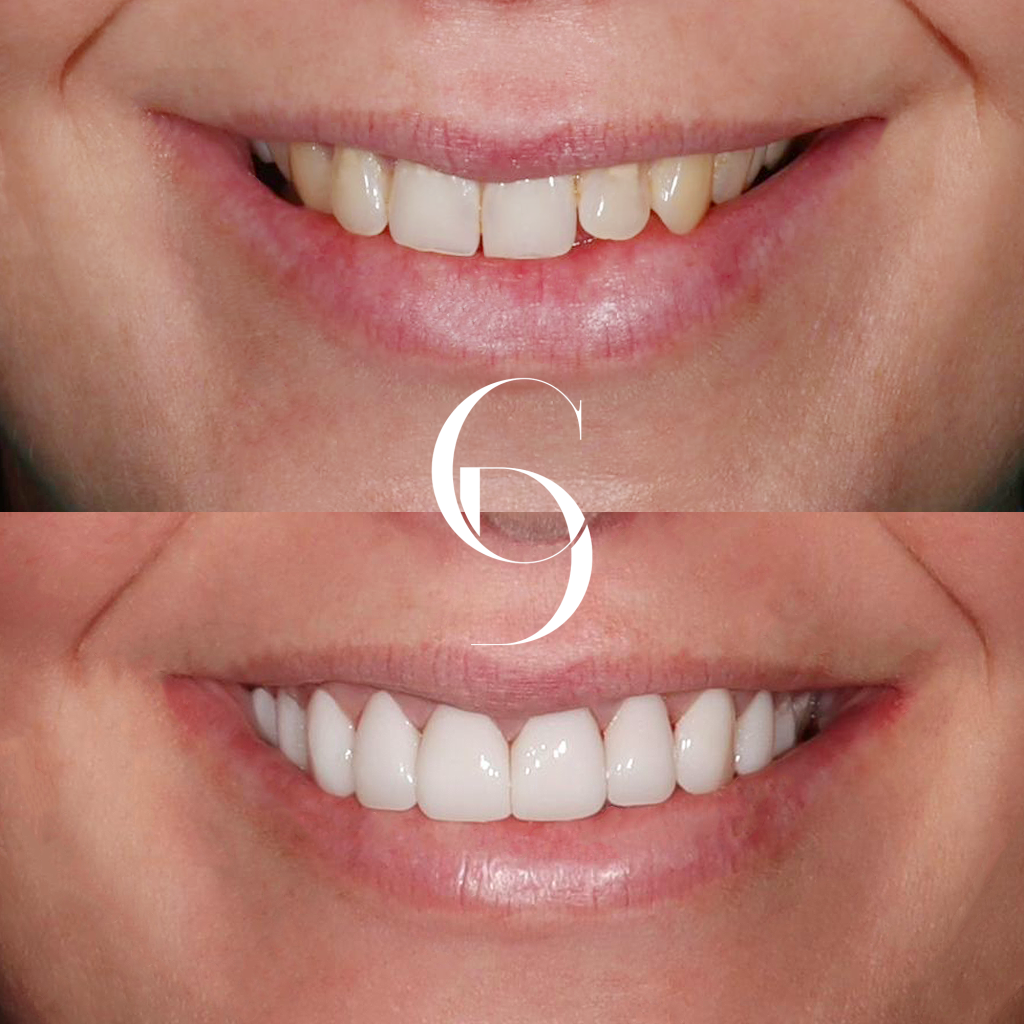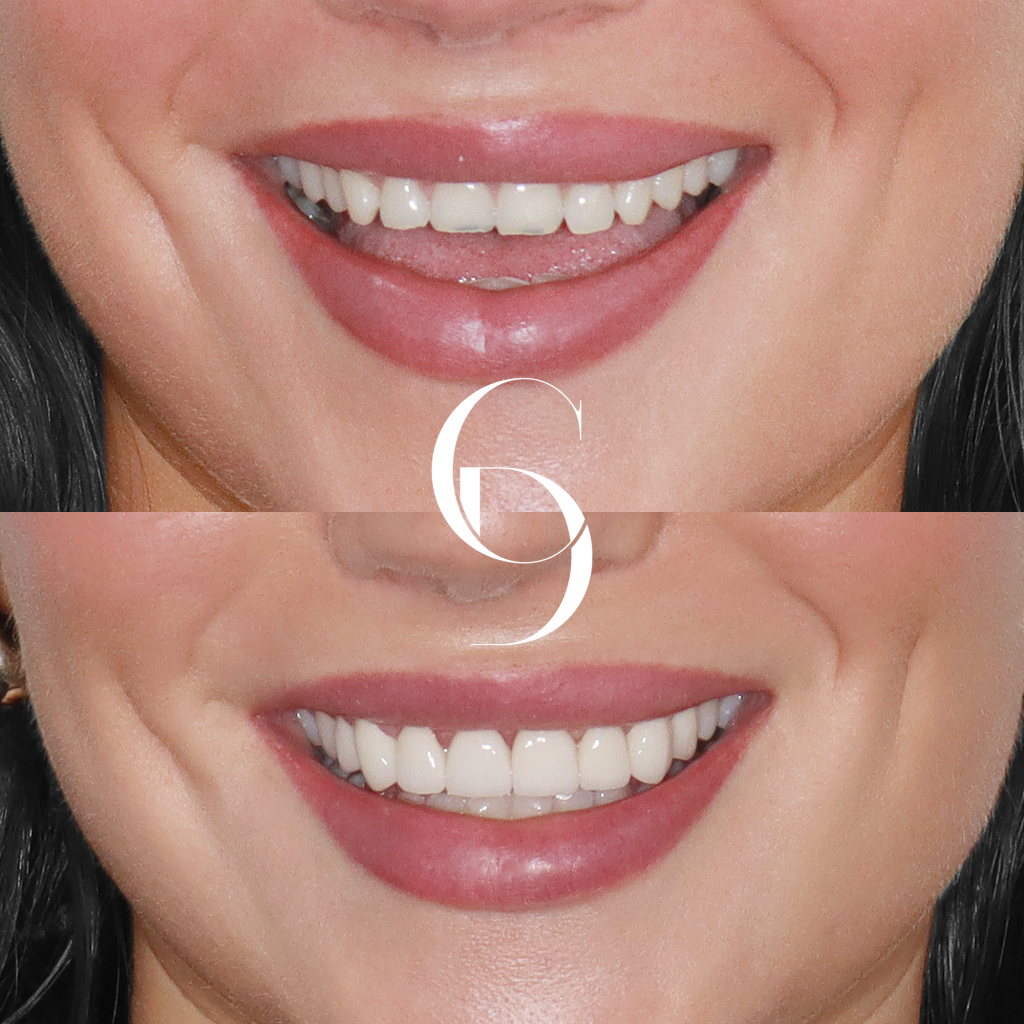Can Invisalign Correct Jaw Alignment?
A Guide for Orthodontic Patients
For those considering orthodontic treatment, one of the most common questions is whether Invisalign can correct jaw misalignment. With the rising popularity of clear aligners like Invisalign, patients are often curious about the extent of their potential benefits beyond simply straightening teeth.
In this comprehensive guide, we’ll explore the possibility of Invisalign effectively addressing jaw alignment issues, shedding light on the advanced treatment options available and the factors that determine your candidacy for this approach.
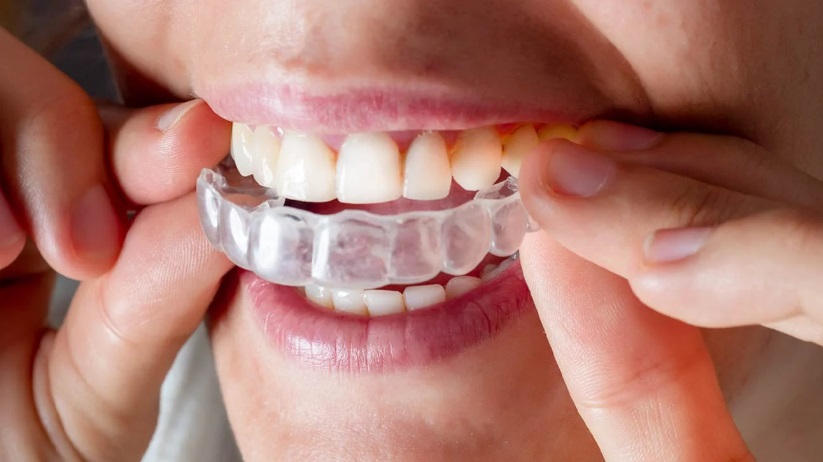
Understanding Invisalign and Its Capabilities
Invisalign has revolutionised the field of orthodontics by offering a nearly invisible and comfortable alternative to traditional braces. The aligners work progressively to shift the teeth into their desired positions, treating a variety of dental malocclusions, or “bad bites”.
How Does Invisalign Work?
The Invisalign system leverages advanced 3D imaging technology to create a series of custom-fit clear aligners. Each set of aligners is worn for about two weeks, exerting gentle pressure to move the teeth slightly.
This process continues until the teeth are aligned in a straight, uniform position.
Treatment Process with Invisalign
Patients receive a new set of aligners every few weeks, each one designed to make slight adjustments to the teeth’s alignment. The treatment process is meticulously planned by the Invisalign dentist, ensuring a precise and effective approach to straightening the teeth.
Exploring the Relation Between Invisalign and Jaw Alignment
While Invisalign is primarily designed to straighten teeth, it can also improve minor problems with the bite alignment. However, for more serious cases of misaligned jaws, traditional braces or other orthodontic interventions might be necessary.
What Are Jaw Alignment Issues?
Jaw misalignment, or malocclusion, can be categorised into classes I, II, and III, depending on the overlap of the upper and lower teeth. Class III malocclusions, often referred to as an underbite, and Class II malocclusions, or an overbite, may require more extensive orthodontic interventions.
Can Invisalign Fix Jaw Alignment?
In cases where the jaw misalignment is not severe, Invisalign can be an effective treatment. Invisalign aligners can help align the teeth within the jaw, which can sometimes improve the bite slightly. It’s important to consult an experienced dentist or orthodontist to determine if Invisalign is suitable for your jaw alignment issues.
Invisalign Jaw Alignment: Key Influencing Factors
Several factors will influence whether Invisalign is a viable option for correcting jaw misalignment. These include the severity of the misalignment, the patient’s age, and the patient’s commitment to wearing the aligners as prescribed.
- Severity of Jaw Misalignment
The severity of the malocclusion is a primary consideration. Invisalign braces are best suited for mild to moderate cases. Severe malocclusions may necessitate more advanced orthodontic treatments.
- Age and Growth
Young patients who are still growing might benefit from traditional braces, which allow for more significant adjustments in jaw alignment. Invisalign is generally better suited for adult patients whose jaw growth is complete.
- Patient Compliance
The success of any orthodontic treatment, including Invisalign, depends on patient compliance. It’s essential to wear the aligners for the recommended 20-22 hours per day and to switch to the next set as instructed for the treatment to be effective.
The Role of the Orthodontist in Invisalign Treatment
The expertise of the orthodontist is crucial in determining the effectiveness of Invisalign jaw alignment. The orthodontist will evaluate your specific case and develop a treatment plan tailored to your needs.
- Initial Examination
During the initial examination, the orthodontist will assess your teeth and bite alignment, as well as any jaw-related issues. X-rays and 3D imaging may be used to get a comprehensive view of your oral structure.
- Bespoke Treatment Plan
The orthodontist will tailor a treatment plan that aims to optimise jaw alignment within the limitations of the Invisalign system. This may involve additional attachments on the teeth or specialised aligners designed for jaw correction.
- Ongoing Monitoring
Throughout the treatment, the orthodontist will monitor your progress, ensuring that the Invisalign aligners are working effectively to adjust the jaw alignment. Adjustments to the treatment plan may be made as necessary to achieve the desired results.
Conclusion
While Invisalign’s primary focus is on teeth straightening, it can have a positive impact on mild to moderate jaw alignment issues. Thanks to its innovative technology and bespoke treatment approach, Invisalign offers a convenient and effective path to an improved bite and a more confident smile.
If you’re considering Invisalign jaw alignment or any other orthodontic concerns, book a consultation with our team at Cosmetique Dental. As Invisalign Platinum Elite Providers, we are ready to guide you through the possibilities of modern orthodontic treatment, leading to a brighter, more aligned future. Remember, each patient’s case is unique, and a professional assessment is vital to determine the best course of action for your orthodontic needs.

